A new online channel is preparing to launch with virtual presenters generated through artificial intelligence. Channel 1 is planning to launch the first quarter of 2024, with anchors based on real people who have been paid for the use of their likeness, while the presentation will be generated automatically. It says it will partner with a news agency, use material from independent journalists, and produce stories from trusted sources.
It is not the first attempt to produce a virtual news programme, but the technology has advanced to the point at which the virtual presenters appear plausible, even realistic.
Ananova famously appeared as the first world’s first virtual newscaster in April 2000, developed at the Press Association news agency in the United Kingdom and receiving coverage on news networks worldwide. Ananova was acquired by Orange in a £95 million deal but was abandoned some years later. Although the rendering was crude by current standards, the virtual newscaster prefigured the latest artificially intelligent avatars by many years.
Before that there was Max Headroom, promoted as the first computer-generated television presenter by Channel 4 in 1985. The character was played by an actor, Matt Frewer, wearing prosthetic makeup and a plastic suit, and edited to create the impression that it was computer generated.
The latest iteration is much more realistic and its virtual presenters can speak in any language, potentially addressing a global audience.
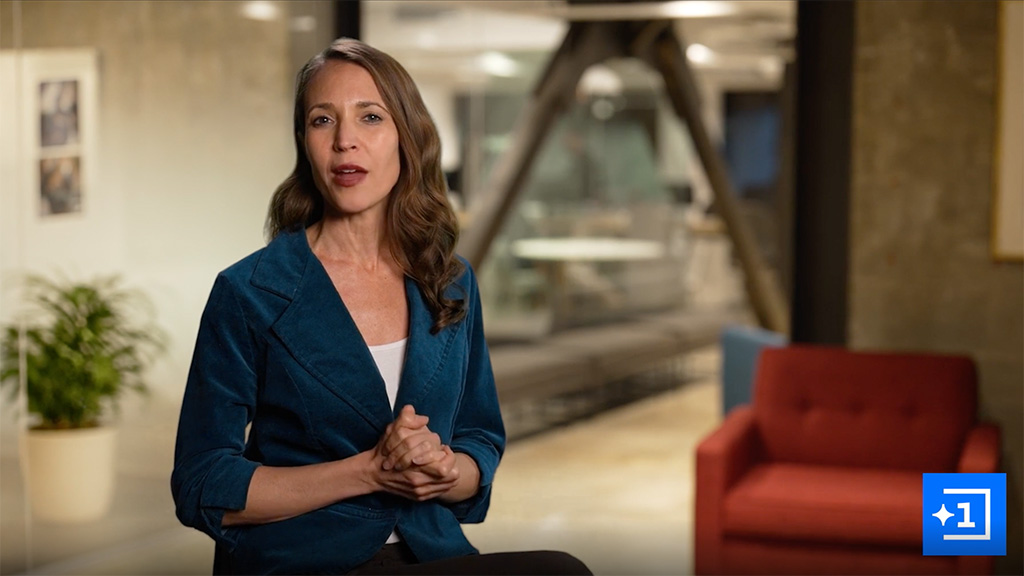
A preview programme on the Channel 1 web site shows what they are aiming to achieve. It looks and sounds like a typical news programme, albeit with rather basic production values.
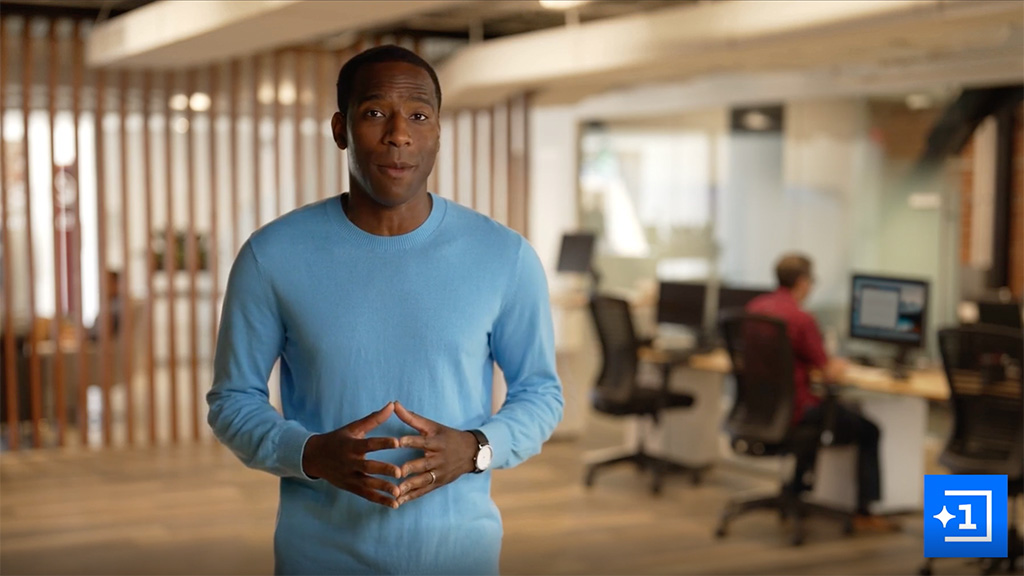
The presenters are plausible, with natural expressions and hand movements. The delivery is a little flat but has naturalistic inflection.
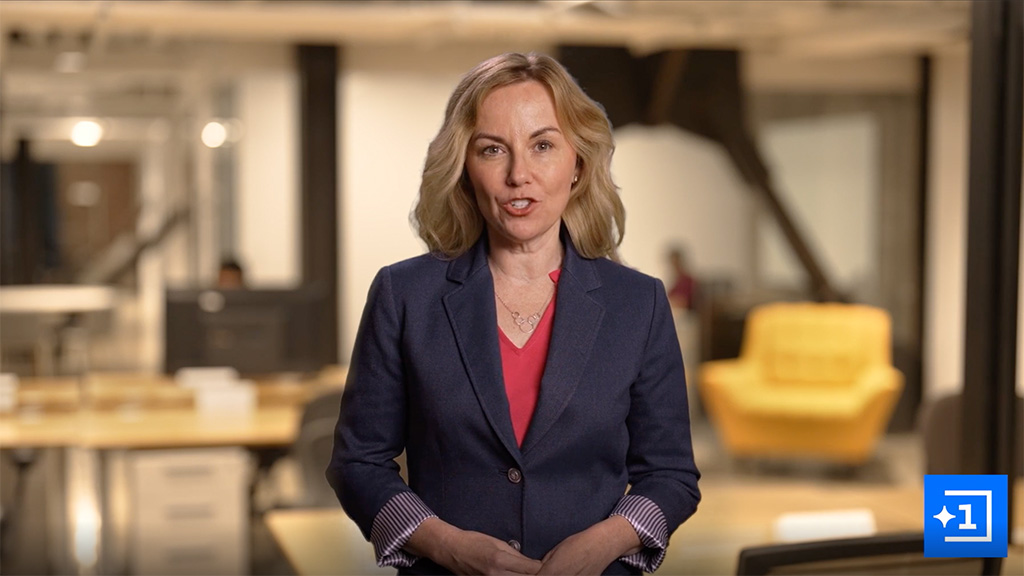
The virtual presenters are attractive but not distractingly good looking, in smart casual dress. It will be interesting to see if they always wear the same outfit.
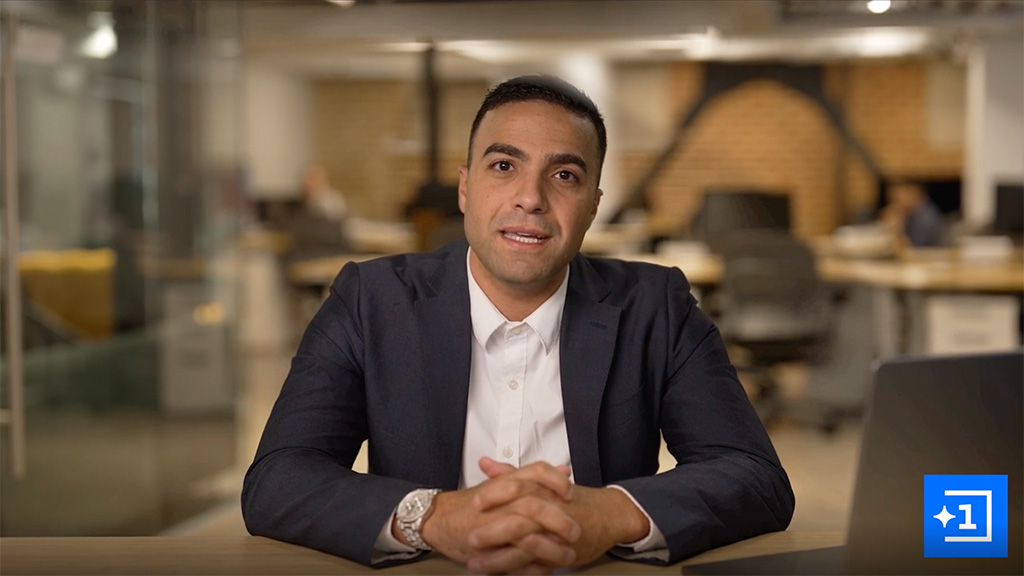
The setting is modern office environment, with none of the normal features of a newsroom set. It seems designed to appeal to an online generation.
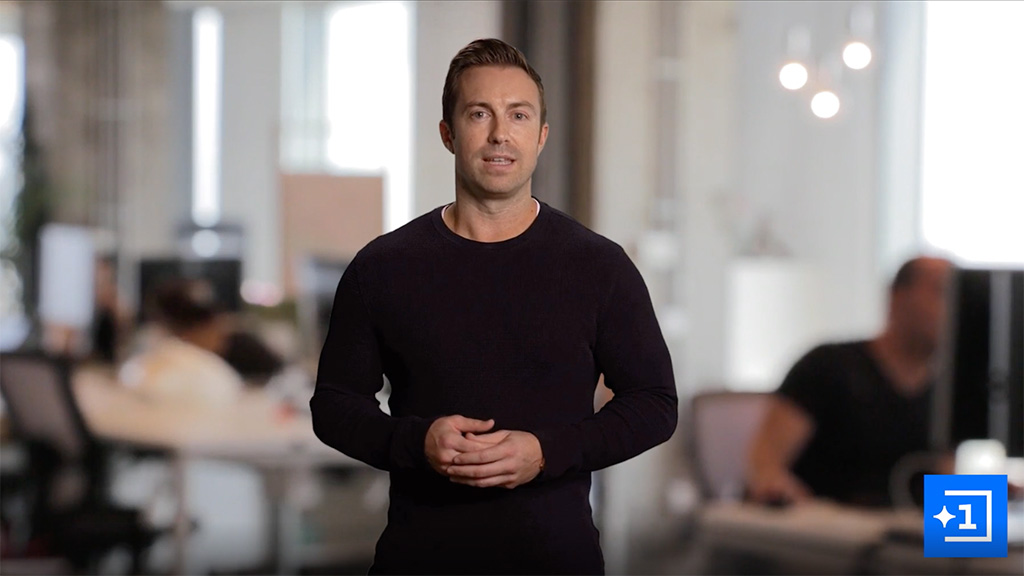
Channel 1 is the creation of entrepreneur Adam Mosam and video producer and director Scott Zabielski. Adam is the chief digital officer for Chicken Soup for the Soul Entertainment.
They call it AI native news and they are keen to stress that it is not fake news. It will still rely on trusted news sources. Human editors and producers will be used to check material at every step. On-screen graphics will indicate where any images are computer generated.
It will launch in countries and languages across the globe. Channel 1 says the full potential will come with its app, which promises to provide a personal news experience, taking into account user interests, language and location.
Channel 1 is inviting interest from trusted news brands and independent journalists. Much of the material in its pilot programme appears to have been sourced from Storyful, a social media news service.
The virtual news channel has come a long way in almost a quarter of a century. The technology is certainly getting to the point that it can deliver, although it raises important questions about credibility.
